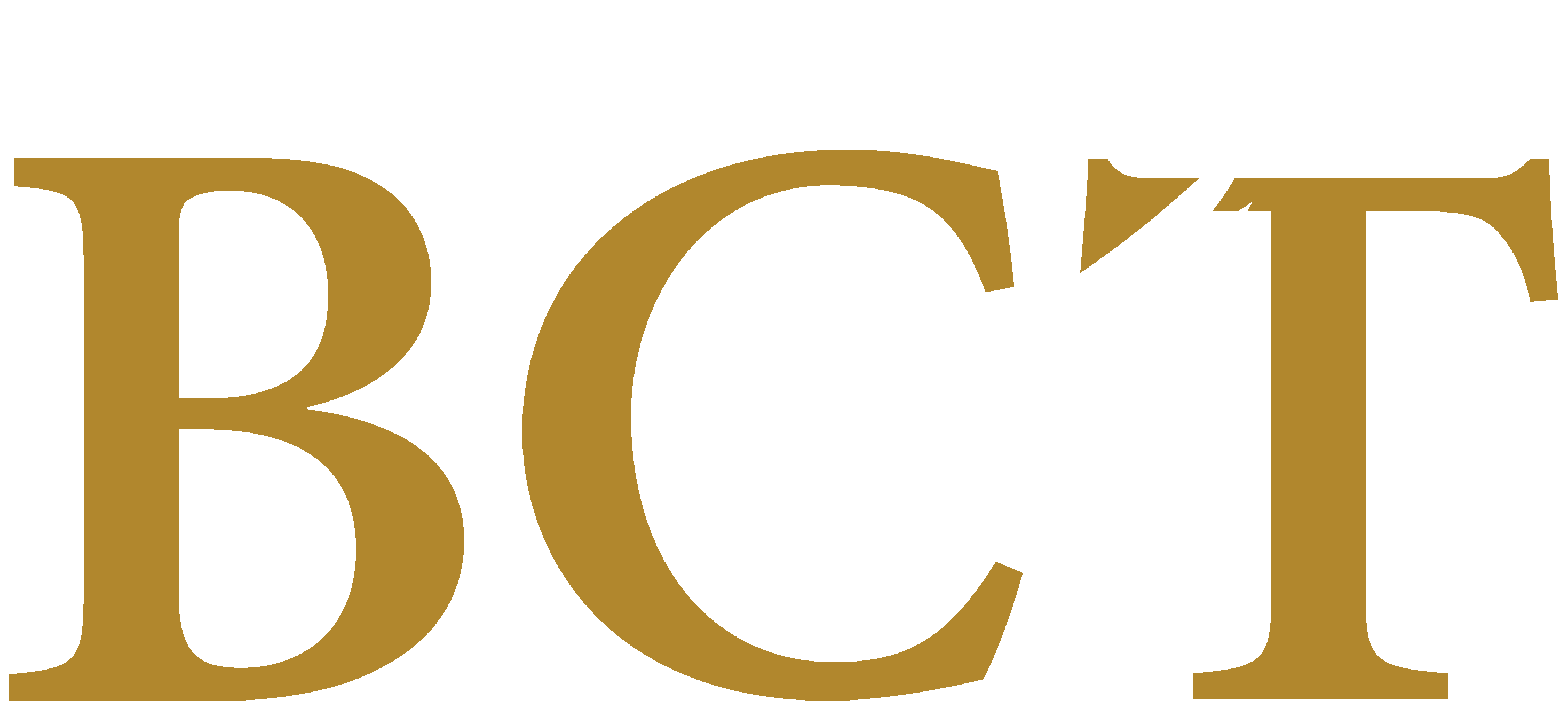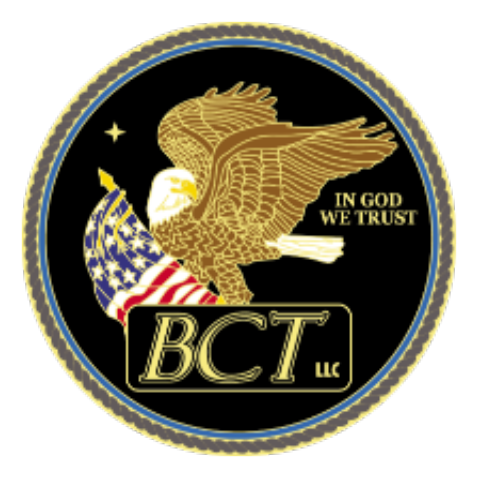Concerns

Many specific examples of blockchain applications are in evaluation, testing or in initial operational stages today. At the same time, it is alarming that some examples being applied are largely specious projects based on misconceptions that nullify the premise of blockchains. If the technology is to prosper, productive and realistic projects must prevail. Listed below are some of the blockchain concerns that must be examined closely before a persuasive business case can be presented.
Scalability
The original bitcoin blockchain platform was limited to blocks of 1MB and had a slow transaction rate of 3 or 4 per second. This was not acceptable in today's business world and has recently been increased to 32MB for financial uses. Other solutions are being evaluated and tested including a secondary layer operating on blockchain; decentralized applications that do not need to run fully on blockchain (some processes run off-chain); and a complete redesign (by a company called Factonet) which incorporates block sizes up to 1.5GB and in functional testing reportedly processed 33,888 transactions per second. As advances in engineering and processing speeds increase, logging transactions or interactions in an IoT environment will become increasingly possible. You may soon be able to use your credit card running on a blockchain to pay for a cup of coffee.
Blockchain has an environmental cost
The original Bitcoin blockchain platform has and still does require a tremendous amount of electricity to run the computers and the associated complex algorithms primarily because of the use of a proof-of-work (POW) protocol or mining. This energy use is an unsustainable situation if the use of blockchain is to expand to its potential. Several companies are evaluating solutions to the power challenge including Energy Web Foundation (EWF). EWF is developing and architecture for energy blockchain companies that would use a proof-of authority (POA) consensus validation process vice the dominant proof-of-work (POW) protocol. Innovators in several institutions (e.g. MIT, Cornell University, IBM, and Intel) are developing a number of "green" blockchain innovations to address demand by businesses for blockchain that streamlines transactions of all sorts. Surprisingly, the energy industry itself is looking at using blockchain to bring change in the way electrical energy usage is produced and distributed. This does not lower intense energy usage but blockchain has the potential to break up the centralized distribution of energy.
Security
Two things make the blockchain system theoretically tamperproof: a robust cryptographic fingerprint unique to each block, and a consensus protocol which provides the process by which the nodes in the network agree on a shared history. The fingerprint, called a hash serves as a kind of seal, and altering the block would require generating a new hash. Network participants also have private keys assigned to the transactions that make and act as a personal digital signature. Verifying whether or not the hash matches its block is easy, and once the nodes have done so they update their respective copies of the blockchain with the new block. This is the consensus protocol. An additional security element is that the hashes also serve as the links in the blockchain since each block includes the previous blocks unique hash. Changing an entry in a ledger retroactively is very difficult because you not only have to calculate a new hash for the block it is in, but every subsequent block and do it faster than the other nodes can add new blocks to the chain. This is what makes the blockchain essentially tamperproof, or immutable. It should be noted that blockchains are not so much resistant to bad actors as they are antifragile, that is, they respond to attacks and grow stronger. This requires a large network of users. However, as always there are creative ways to cheat. One of which is the so called 51% attack where if more than half of the computers working as nodes to service the network tell a lie, the lie will become the truth. A 51% attack is understandably more difficult to launch if the number of nodes is large. But the question of security still remains: Secure from whom? Secure for what? Authorized by whom?
Trust and Human Error
Blockchain itself does not itself inherently ensure the integrity of transactions, information or facts stored in the blockchain. Just as would occur outside of the blockchain, ensuring that the parties who store facts in the blockchain are trustworthy is critical. The point of this example is that data stored on a blockchain is not inherently trustworthy and human error can occur. So all blockchain events need to be recorded accurately. The phrase 'garbage in, garbage out' holds true in a blockchain system of record.
Anything can go on a blockchain
While this is technically true, in practice, blockchain is limited to simple and well-understood applications. By design, once published, you cannot revise or bug fix them. They involve remarkably complex interactions and irrevocable consequences. The right applications must be found; they are not all going to be safe just because they incorporate a blockchain. Additionally, blockchain is a protocol expressed in code and is not defined in terms of any standard. There are no standards bodies to provide sanctioned implementation rules or guidance. Agreed standards between all participants are necessary for anyone to make sense of what is stored. In this sense there is not a generic blockchain that can accommodate all applications.
If you don't like a public blockchain, go private
Private blockchains, while in some instances are useful, are not the complete answer to privacy or restricted access to information. Privately developed blockchains may lack the community, academic scrutiny and agreed standards that are necessary to ensure their properties. Private blockchains often look like silos. Enterprise and cloud implemented blockchains, which also can be useful especially for testing, may fail to realize any of the inherent benefits of the blockchain technology.
We have created a new blockchain!
Private players are driving blockchain products that are enhanced in various ways. But, the large companies comprised of adopters, users, academia and implementers are the only force ensuring the cryptographic properties of the implementation. Only the open source blockchains with the largest communities and install-plus-adoption bases will persist. The rest can be characterized as lab experiments and will probably be bought up by larger players, or disappear.
Complexity means benefits are difficult to appreciate
Blockchain technology involves an entirely new vocabulary. Although it is potentially revolutionary, it takes some effort to understand the basic principles and the applications that use them. Pundits often speak of blockchains potential capability to replace the functions of the middle-man. But from the end user's viewpoint, the middle-man is providing behind the scenes services adequately well at an apparently low cost. This is true of many of the proposed blockchain applications, and the benefits that may result are not readily apparent to the user.
The Establishment and Politics have a vested interest
Despite the huge interest in adopting blockchain technology from the established financial industry, it is very clear that the subtext behind what is quietly being said about it is "it might be better if it just quietly disappeared." Other businesses in addition to banks make large amounts of profit from playing the middle-man role, and because the cost is distributed among their millions of customers, end users usually pay very little individually. These industries retain huge lobbying power with governments and legislators. It is conceivable that should they decide it is in their best interests, the established business and industry could, if not kill blockchain, dramatically reduce its usefulness and restrict its availability.
Lack of regulation and standards
Regulation is largely a problem of value-based (e.g. financial, healthcare) blockchain networks. Due to the lack of regulatory oversight, scams and market manipulation are conceivable. As with many areas of tech in recent years, legislators have largely failed to keep pace with innovators (or scammers), leading to rich pickings for those seeking to exploit it. Congress is just beginning to understand what regulation of blockchain really means.
The concept and development of blockchain standards is in its infancy. NIST has already produced a framework and several private groups and organizations are working with large and small companies to do the same. In order for blockchain to fully realize its potential there must be a set of standards and processes which each blockchain employs and which insures that they can interface and interact. Without common denominators silos will be created and chaos will ensue. A set of first principles would include: a) there will probably never be one blockchain; b) different applications require different blockchains; c) most candidate blockchain applications will require industry-driven standards created within the verticals they target; d) many will require strong validation of the facts represented in them; e) implementations will require application-specific authentication of the identities involved in the transactions.
Continue to Decision Process.







